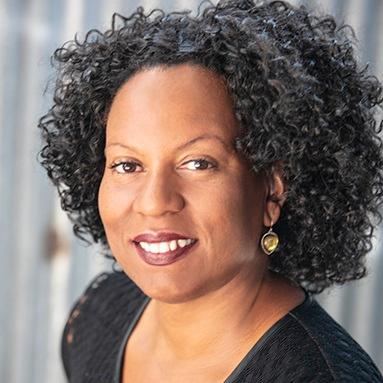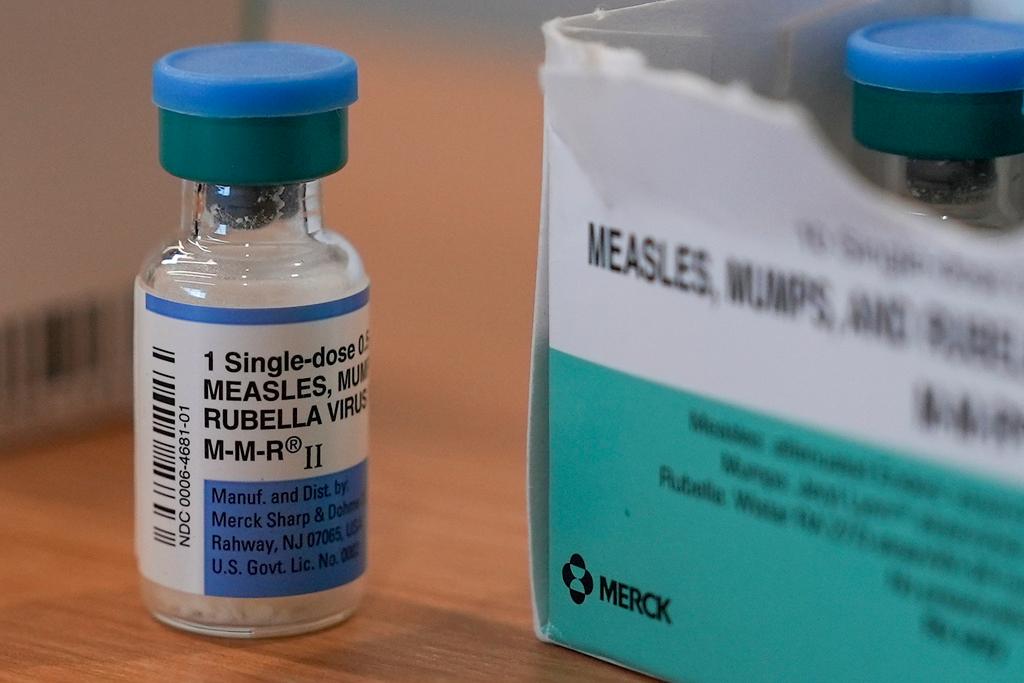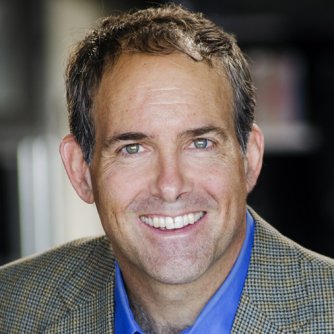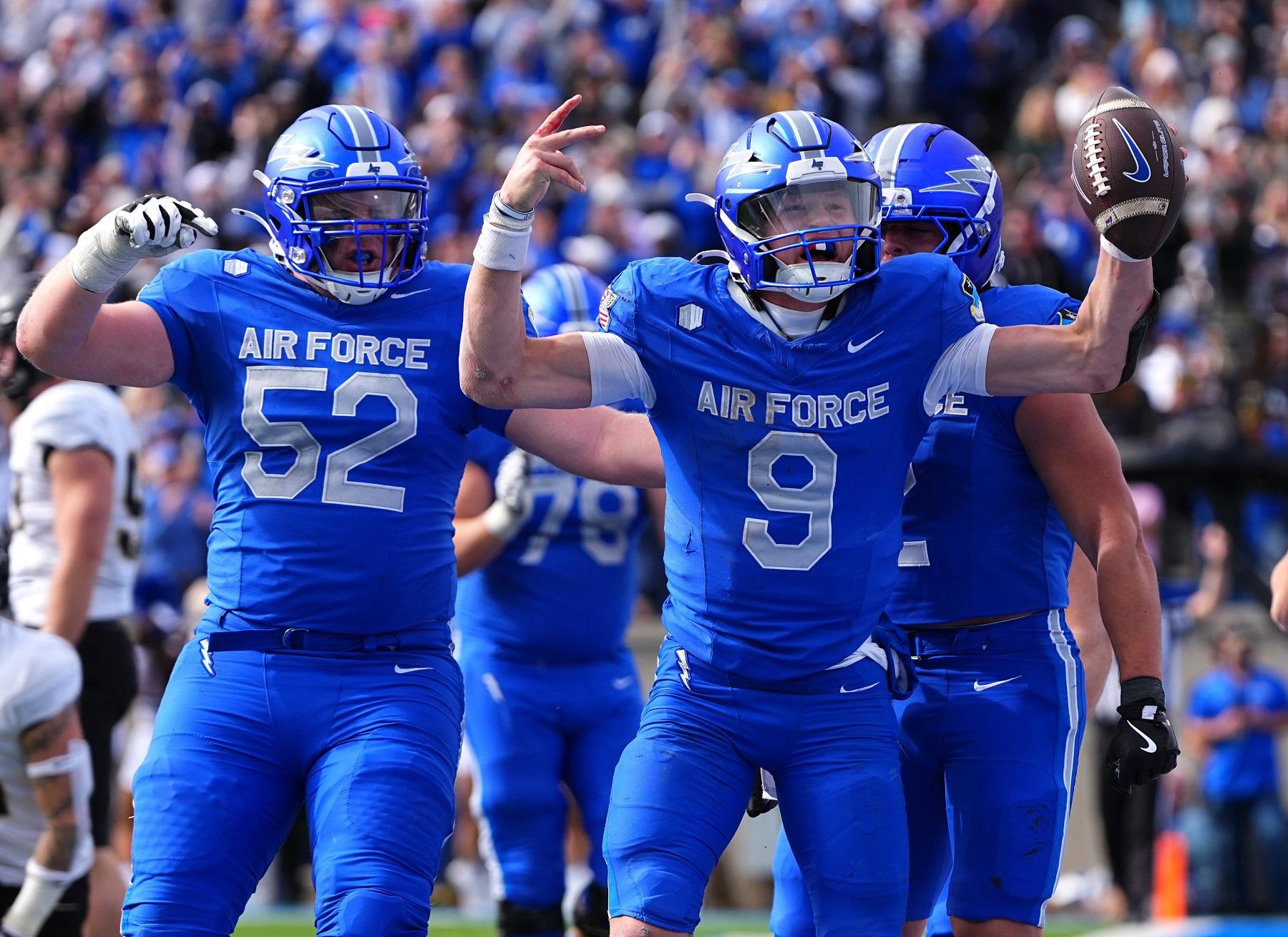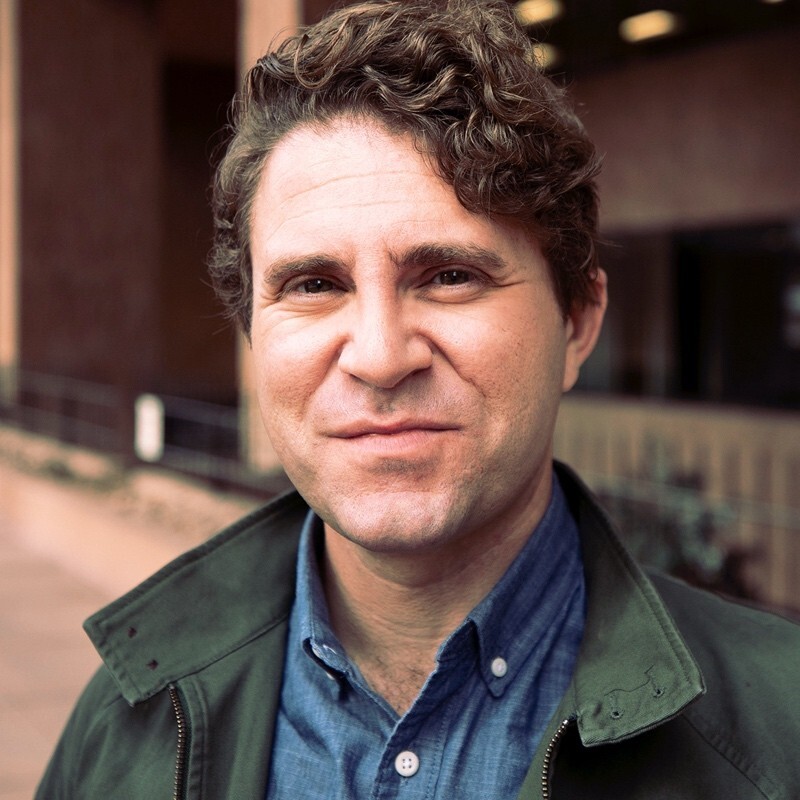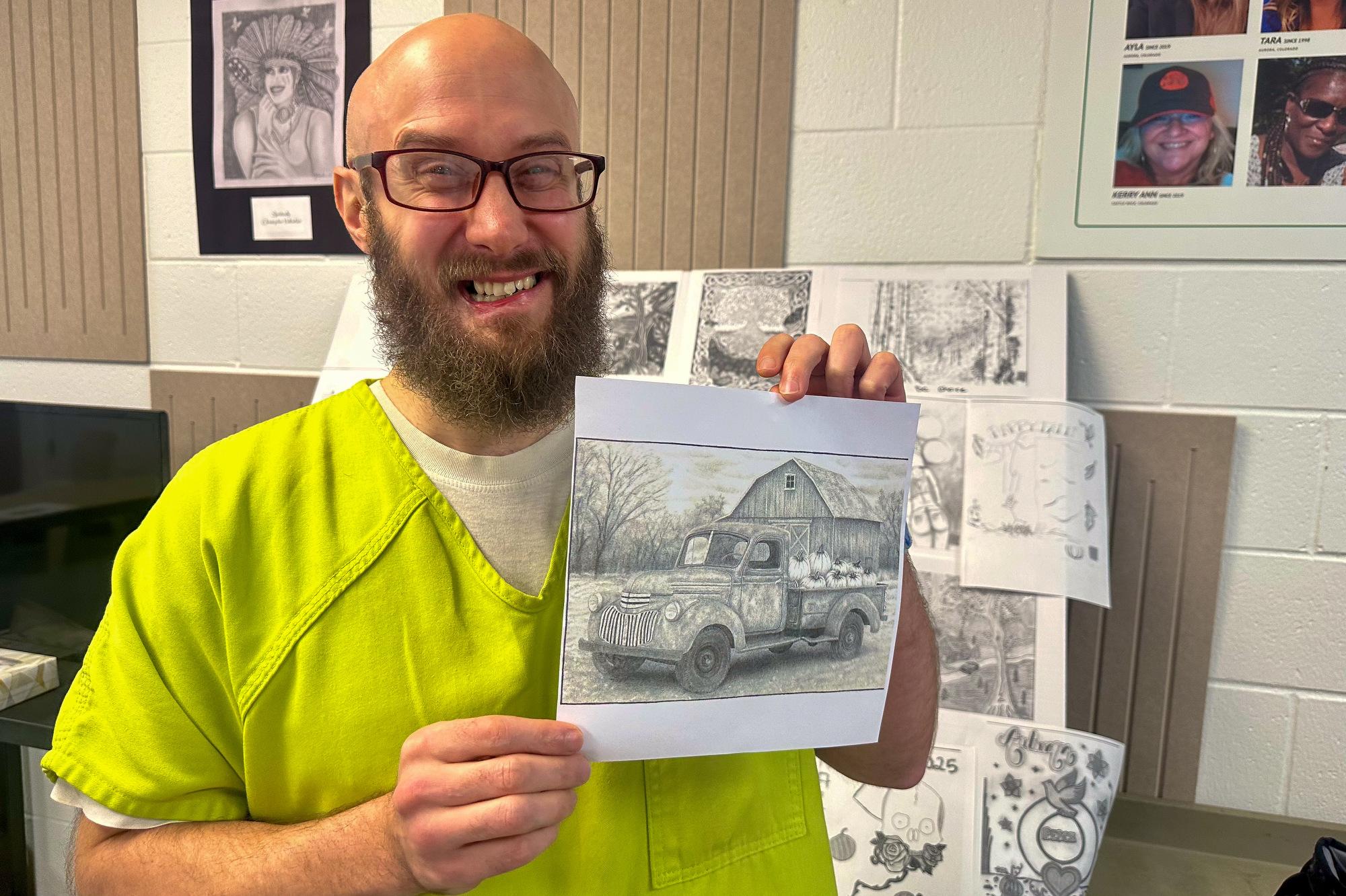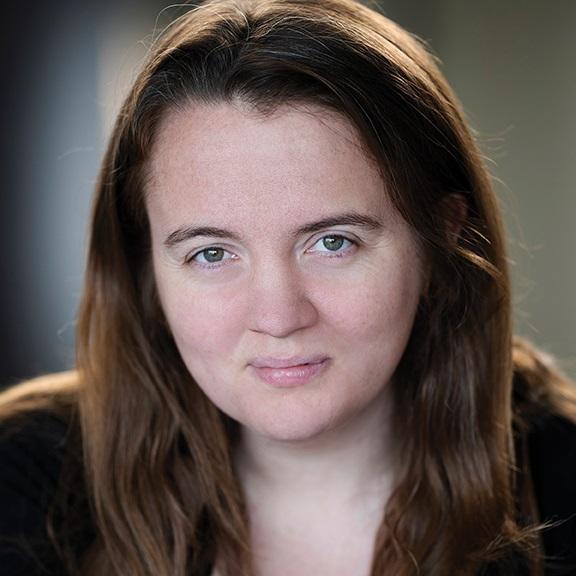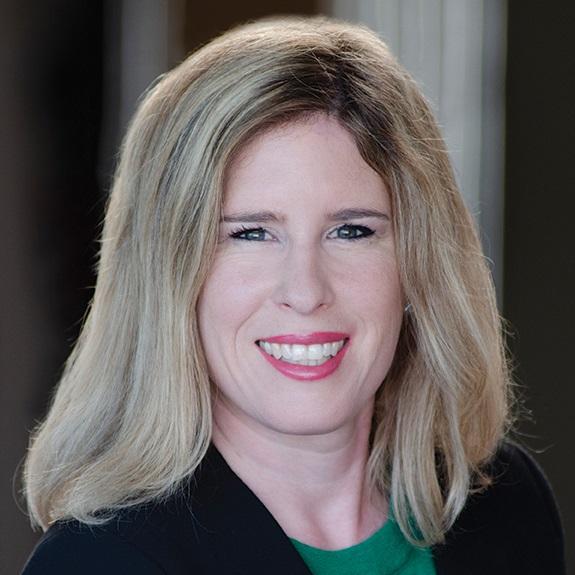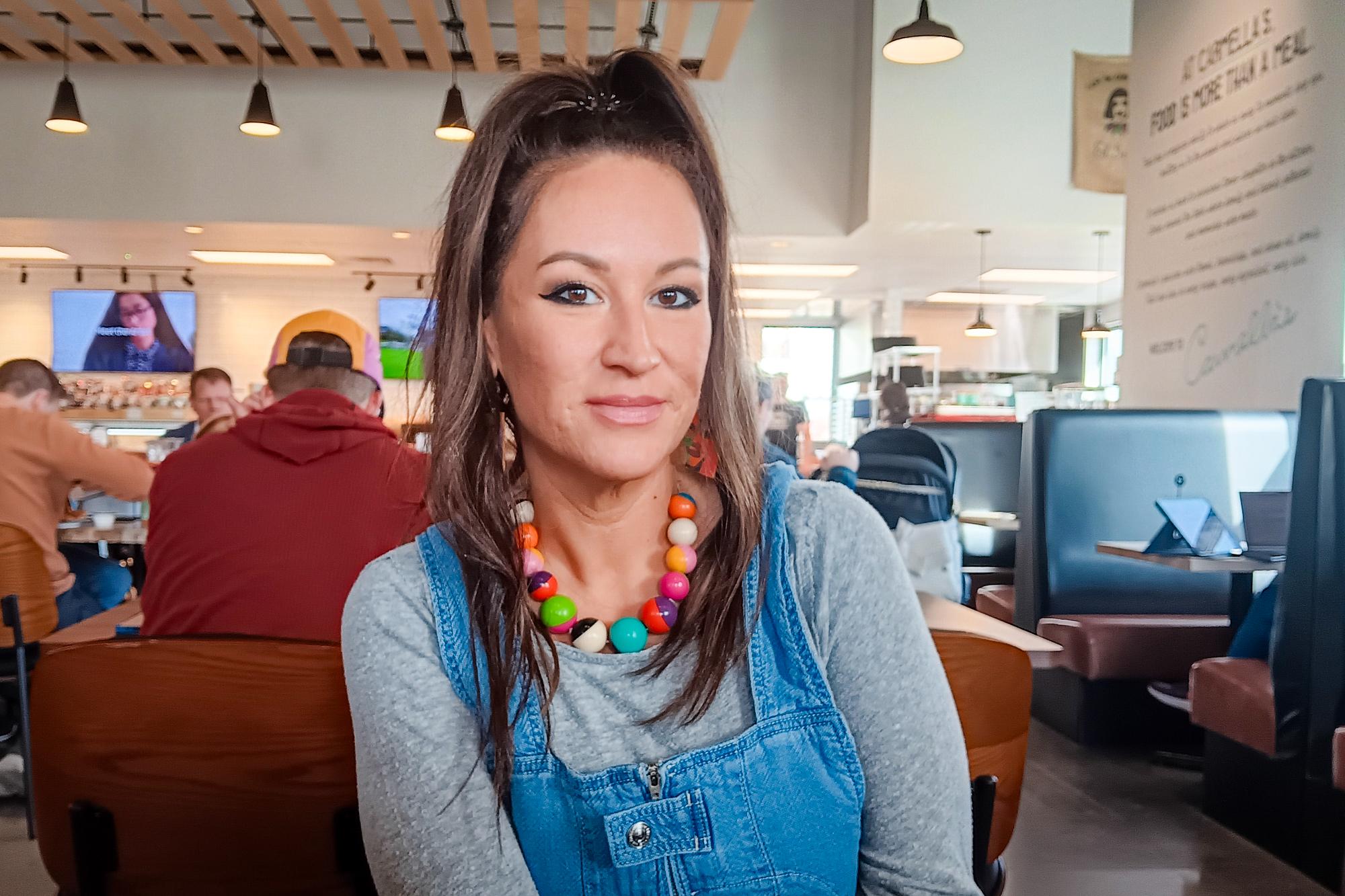
Denver-based multi-disciplinary artist Danielle SeeWalker was all set to go to Vail last year, thanks to an artist’s residency the town had offered her. She put aside other opportunities and planned to spend a few weeks doing a mural.
But before the 42-year-old half-white, half Húŋkpapȟa Lakȟóta mom of two could even show up, the town reneged on the offer after one of her pieces rubbed someone the wrong way. It featured a link between genocide and Palestinians and Native Americans.
Once it found out, the ACLU of Colorado got involved and sued the town on First Amendment issues in a case it considers unique: “We've handled a lot of First Amendment cases at the ACLU,” her lawyer would later muse. “I can't say we've handled one just like this.”
SeeWalker prevailed in the lawsuit, and with the undisclosed sum she got, she’s planning a trip to the West Bank in April to do workshops with artists there.
In a recent interview at Pearl Market in Denver’s Central Park, SeeWalker reflected on the experience, including being called “people like you” by the town of Vail, which, in a statement, says it has done nothing wrong.
She also talked about how the residency cancellation led her to a new idea for how she’ll use her winnings — a multi-week visit to the West Bank, where she’ll work on making murals with local women and children.
“Obviously, I want to paint the murals and work with the artists there, but I want to go into the refugee camps and sit with women who are cultural bearers who create these really cool, beautiful artworks and teach me about these things.”
SeeWalker’s journey began in North Dakota 42 years ago. Now, she’s an artist who makes not only murals, but quilts, beadwork and leatherwork, using hides from the reservation she’s attached to: the Standing Rock Sioux Tribe of North Dakota, where her father comes from.
She grew up an only child, splitting her time between the reservation, where she formed loving relationships with her paternal aunts and cousins, and Bismarck, where her mother, a single parent, was from — a place she described as racist and not for her long-term.
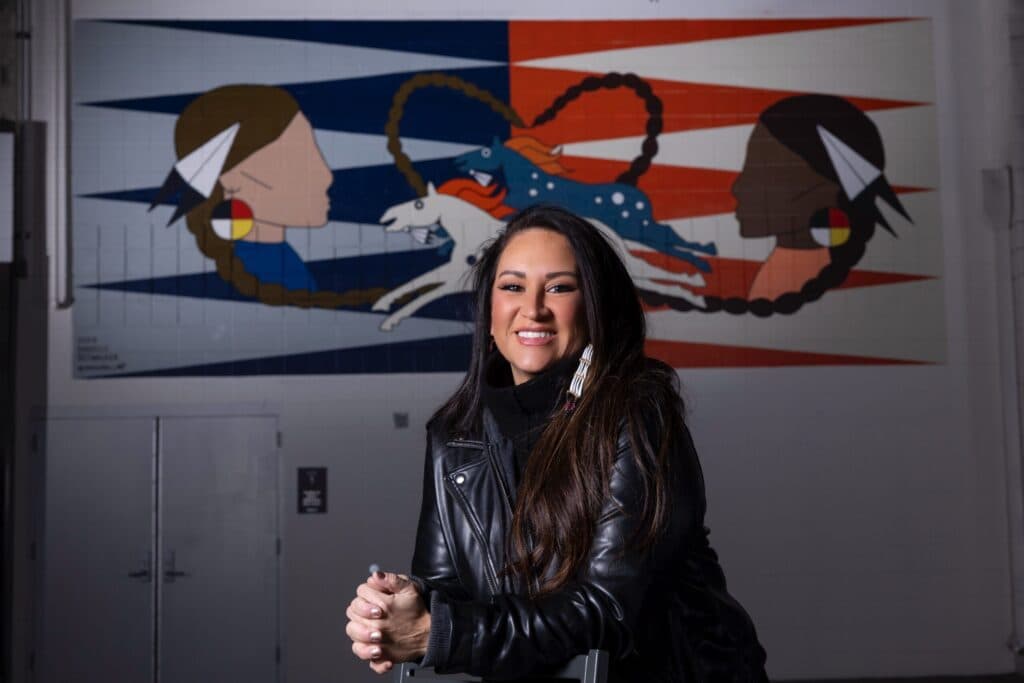
She moved east when she was in high school because her mother got a job outside Philadelphia. She’s since relocated to Denver and works full-time as an account executive for a local tire company. When she’s not doing that or raising her two teenage sons, she’s making and displaying her work without an agent or curator.
The residency kerfuffle began in 2024 when the town invited her to be its first artist-in-residence for what SeeWalker says was called an “Arts in Public Places” program. The town knew of her work after following her on social media, she said.
“They wanted me to do a mural in Vail Village, and then do some other programming," she said. The residency was to last a few weeks and would include a $10,00 purse for creating a mural; she’d get free housing for herself and could bring her sons.
Everything seemed buttoned up – until things went south in the spring of 2024, when she sold a piece called “G is for Genocide” that had been in a group show in Denver as part of Women’s History Month.
“I put it in the show and went about my merry way, and it sold and it was great,” she said. She got about $4,000 for the piece.
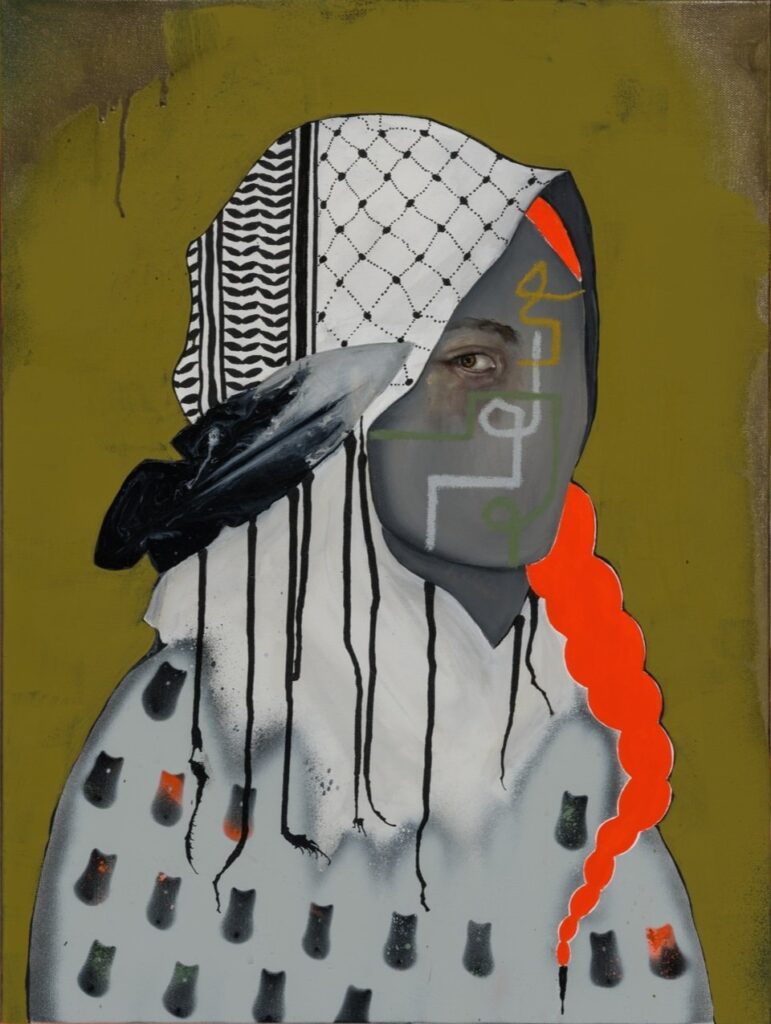
Two months later, in May, the town of Vail put out a press release saying she’d been selected as the artist for the new residency, which led to greater scrutiny of her and her work.
“Some community members looked me up, saw my social media, scrolled through, saw ‘G is for Genocide’ on my Instagram, and got upset and brought it to the town’s attention,” she said.
That’s when, according to SeeWalker, a woman she hadn’t spoken with before called her on the phone and told her the residency was cancelled.
“They said, ‘We just can have someone like you coming into our community and doing that’ ... Yeah, that’s their exact words. I’ll never forget that,” she said. “I just remember being like, what do you mean, ‘Someone like me’?”
When the call ended, she was shocked. “I was like, what just happened?” The residency was only two weeks away.
The town of Vail said in a statement last August that its decision to cancel was based on community concerns. “After releasing her name in an announcement, community members raised concerns to town staff surrounding SeeWalker’s rhetoric on her social media platform regarding the Israel-Hamas war. As a public entity, the town was not willing to amplify messaging that made our residents or guests feel targeted based on background, religion or any other inappropriate basis.”
After the call, her mind started churning. “I just remember sitting there, literally sitting there thinking, they have no idea who they’re f------ with right now! ... If they think I’m just going to walk away with my tail between my legs, that’s not the case.”
Especially after she’d rearranged her schedule to fit in the residency. “I basically blocked out the entire month of June from any other opportunities that came my way,” she said. “There were other things I didn’t apply to or things that I was invited to do that I said ‘No, I’m already booked.’” She had even turned down a trip to Japan with one of her sons, who had a school field trip there.
Once her rage subsided, she got to crafting an email, rewritten a few times so she could use calm language, and blasted it to “everybody I was connected with: media, galleries, Muslims, Native organizations, the state senator — a lot of people I personally have worked with in different capacities that know what I stand for.”
Lawyers started contacting her, offering representation, but she said she didn’t see the situation as a “law topic” until the ACLU hit her up. “When they reached out, I thought, ‘OK, maybe there’s something to this.’”
Partnering with a team a half-dozen strong, including pro-bono lawyers and Tim Macdonald from the ACLU of Colorado, the case was filed in October 2024 in federal court in Denver, on Indigenous Peoples’ Day.
“I went on with life,” she said, leaving thoughts of the lawsuit in the back of her mind — until the ACLU called and said, 'Hey, Vail reached out, and they’re offering a settlement out of court,' SeeWalker said the offer was below the $10,000 she’d have earned making the mural in Vail had the residency not gotten pulled.

The offer meant to SeeWalker that the town knew it had done something wrong, so accepting it was a hard no.
“I remember thinking, ‘This is ridiculous!’ I’d rather go to trial and have them be found guilty and take accountability,” she said.
She said the town of Vail then asked what she wanted instead. “I was like, ‘Well, how about they put a monument up that they’re on stolen land?’ I started naming all these non-monetary things ... Obviously, they were like, ‘We’re not putting a monument up that we’re on stolen land or whatever … ’” she said, laughing at her own moxie.
But they did say yes to some things: “Funding a new art program for underrepresented and economically disadvantaged people; hosting a powwow in the town of Vail for the next five years without fees or charges, sponsoring and paying for a community forum on Israel and Palestine that includes various faith leaders and Ms. SeeWalker, and providing cultural sensitivity training to employees in the Art In Public Places Department for the next five years by an indigenous-led organization. So those are four of the things that they agreed to,” Macdonald said.
She also got money in the settlement agreement; she declined to say how much. “That’s not something that’s super-important to me. It was really about what I wanted for the greater community.”
In its August statement, the town of Vail said it and SeeWalker “have agreed to resolve litigation related to the town’s cancellation of its Artist in Residence program in the summer of 2024. While the Town of Vail denies any wrongdoing, the parties, through mediation, reached a mutually acceptable solution to the lawsuit.”
It added: “The town is committed to promoting diverse programming through its Art in Public Places efforts, as well as supporting underrepresented artists. Over the past year, new policies have been created and adopted for Vail’s program to ensure clarity and a positive experience for both the town and participating artists.”
Macdonald said the settlement is an admission of guilt.
“I think the fact that they reached this settlement, it shows that Vail knew they were in the wrong, that she was unfairly censored,” he said. “ ... And this case shows that governments will be held accountable, and they shouldn't be in the business of dictating people's speech and choosing the speech they like and favouring speech they like and disfavoring or retaliating against people because of speech that the government officials or even members of the community don't like.”
Town of Vail public information officer Kris Widlak responded to a November email from CPR News requesting further information about the SeeWalker matter by writing: ”Unfortunately, we are not granting any interviews on the topic.”
That may have been the end of it for the town of Vail, but not for SeeWalker, who plans to use the settlement money to visit the Palestinian territories – land at the center of what started the ball rolling on the residency cancellation. Next spring, she’ll be an artist-in-residence there through the Palestine Artist Consortium.
“Going through this whole experience with Vail,” she said, “I got really connected with a lot of Palestinian community members from all over the world, including a gentleman based in Boston, who’s from Palestine,” she said.
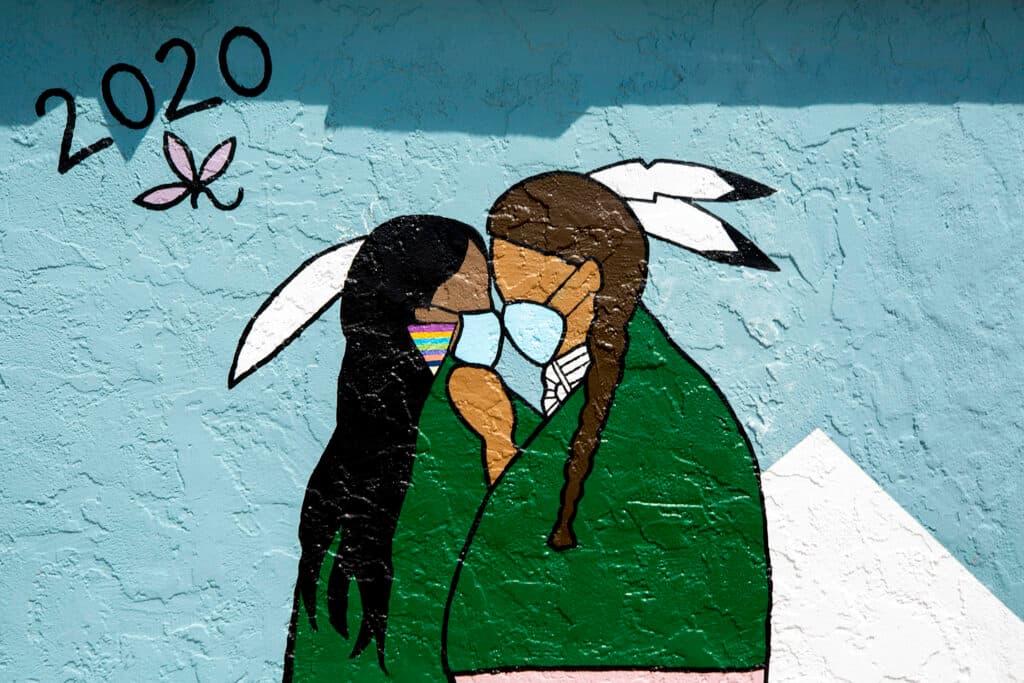
He put her in touch with the consortium, and members of it asked her if she could do a virtual talk, and she agreed — but didn’t want to leave it there.
“Ultimately, we got to know each other, became friends, and I said, ‘It would be such a dream for me to come to Palestine and do a mural,’” she said.
The prospective topic of the mural links her cultural history to theirs: “The many parallels between what happened to my people and what’s going on with [their] people,” she said, referring to the ongoing conflict between Hamas and Israel in Gaza, where sporadic attacks are happening despite a cease-fire.
The consortium folks were game for the project. “They said, ‘Well, we can make it happen.’ So we started planning, and ultimately, I want to use some of this money to pay for the artists’ materials costs, and to document the process.”
Now, she’s working on finalizing plans to travel in about five months, in April 2026.
“So we’re still working out the programming, but ultimately we know the mural project’s happening,” she said. “I think it’s me coming there, and working with five Palestinian artists.”
The trip will be about the same length as she would have spent in Vail — two or three weeks. Her best friend, based in London, is a photographer, and SeeWalker plans to fly her in to document the experience.
Housing won’t be as swanky as what she would have had in Vail. Lodging, by SeeWalker’s choice, will for the duration of her residency be in AIDA refuge camp, described on its website as having been “established in 1950 on land UNRWA leased from the government of Jordan. The camp is located between the municipalities of Bethlehem, Beit Jala and Jerusalem. It is partially surrounded by the West Bank Barrier and is near to Har Homa and Gilo, two large Israeli settlements that are illegal under international law. These factors, along with the constant military presence and the camps’ proximity to the main checkpoint between Jerusalem and Bethlehem, have made the camp vulnerable to a number of protection concerns.”
Those aren’t concerns she shares. Although her sons are scared for her safety and don’t plan to join her as they would have in Vail, they will, she believes, eventually come around and offer their support.
“They know their mom is a warrior, and I just do whatever I’m passionate about,” she said of the trip that’s less than half a year away. “Yeah, I’m really excited and looking forward to it.”
